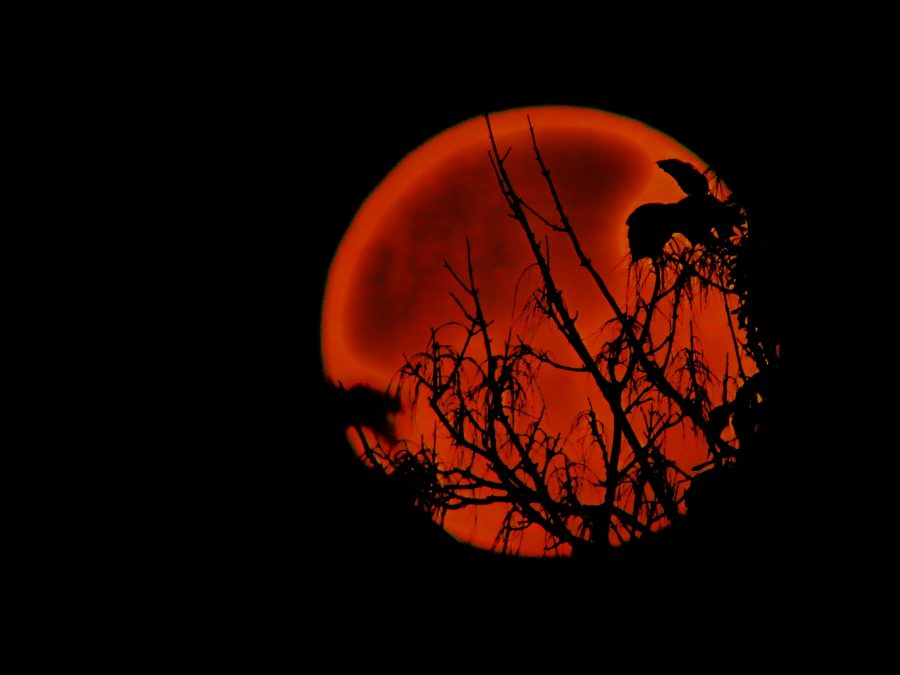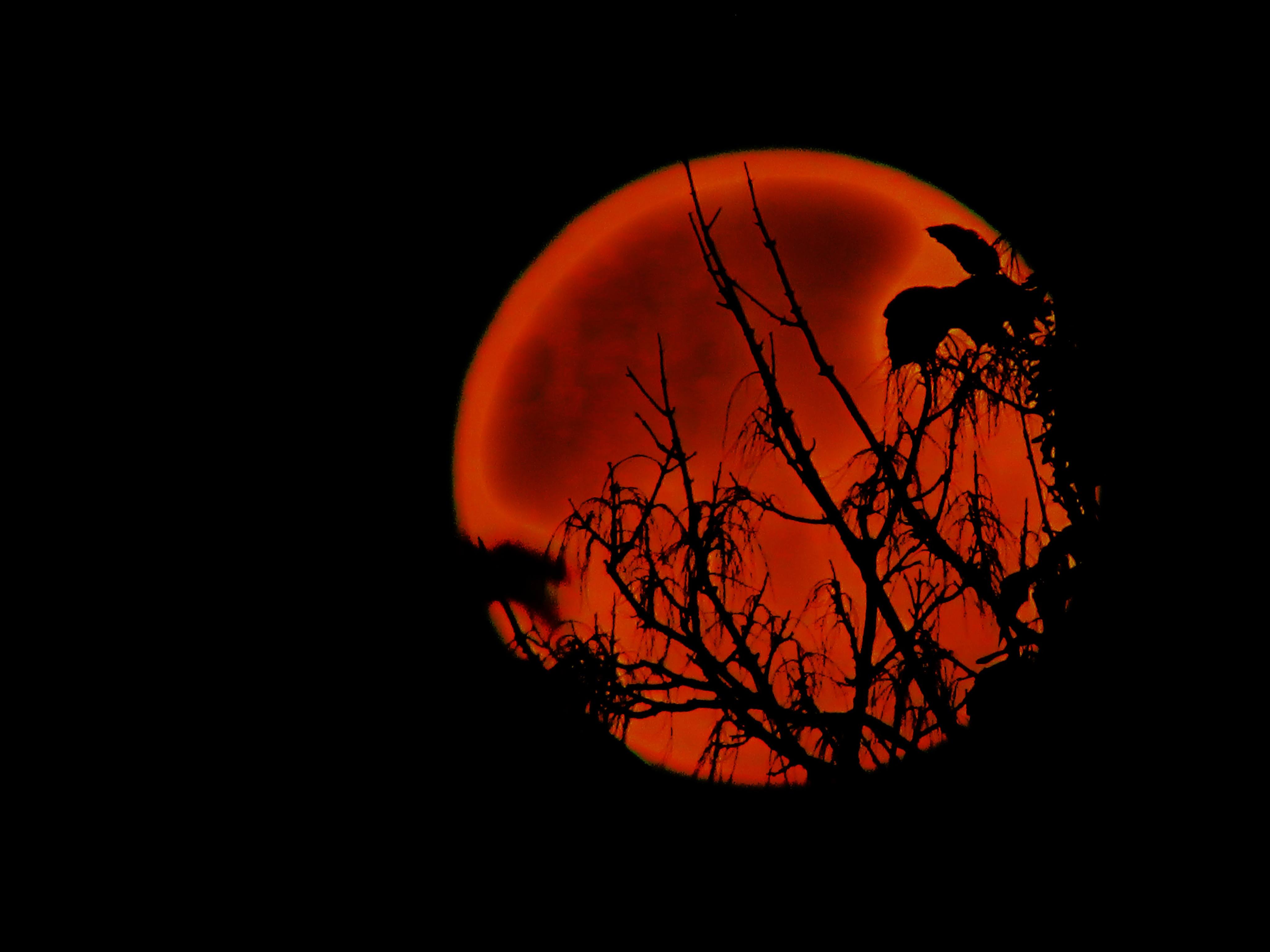
Blood Moon in South Africa Tonight – Longest Lunar Eclipse this Century
A blood moon will appear in the night sky in South Africa, and around much of the world, on Friday night as the moon moves into the shadow of the earth for the longest lunar eclipse of the 21st Century. The total eclipse will last 1 hour, 42 minutes and 57 seconds, though a partial […]

A blood moon will appear in the night sky in South Africa, and around much of the world, on Friday night as the moon moves into the shadow of the earth for the longest lunar eclipse of the 21st Century.

The total eclipse will last 1 hour, 42 minutes and 57 seconds, though a partial eclipse precedes and follows, meaning the moon will spend a total of 3 hours and 54 minutes in the earth’s umbral shadow, according to NASA. And you won’t need special binoculars to view it.
The eclipse will be visible from South Africa and the rest of Africa, Europe and the Middle East between sunset and midnight on Friday, July 27 and then between midnight and sunrise on July 28 in much of Asia and Australia.
The exact times of the eclipse in South Africa are: 20h42 to 12h19.
At the moment it’s looking like it’ll definitely be visible from Gauteng, Limpopo, North West, Mpumalanga and Free State where clear skies are predicted. Viewing could be limited in the Northern Cape where it’s expected to be partially cloudy. Most of the Western Cape and some of the Eastern Cape may miss out altogether with cloudy skies forecast… although it’s looking like Cape Town will have visibility.
“It’s called a blood moon because the light from the sun goes through the earth’s atmosphere on its way to the moon and the earth’s atmosphere turns it red in the same way that when the sun goes down it goes red,” Andrew Fabian, professor of astronomy at the University of Cambridge.
When the moon moves into the conical shaped shadow of the earth, it goes from being illuminated by the sun to being dark. Some light, though, will still reach the moon because it is bent by the earth’s atmosphere.
“If you were standing on the moon in this eclipse, you would see the sun and then the earth would come in the way and blot out the sun,” said Fabian. “The rim of the earth would be glowing because light is being scattered by the earth’s atmosphere.”

The same day, Mars will be at its brightest as it travels close to earth, so observers may be able to see what looks like an orange-red star which is in fact the so called red planet.
When asked if the eclipse might be an omen of some sort, Fabian, who said he will try to observe the eclipse, laughed: “Absolutely not. Astrology is not something we follow.”
For South African expats in the USA and Canada, unfortunately the eclipse of the moon will not be visible from North America or most of the Pacific. The next lunar eclipse of such a length is due in 2123.
Longest total lunar eclipse in the 21st century: https://tmsnrt.rs/2JP09kK
(Reporting by Guy Faulconbridge)
